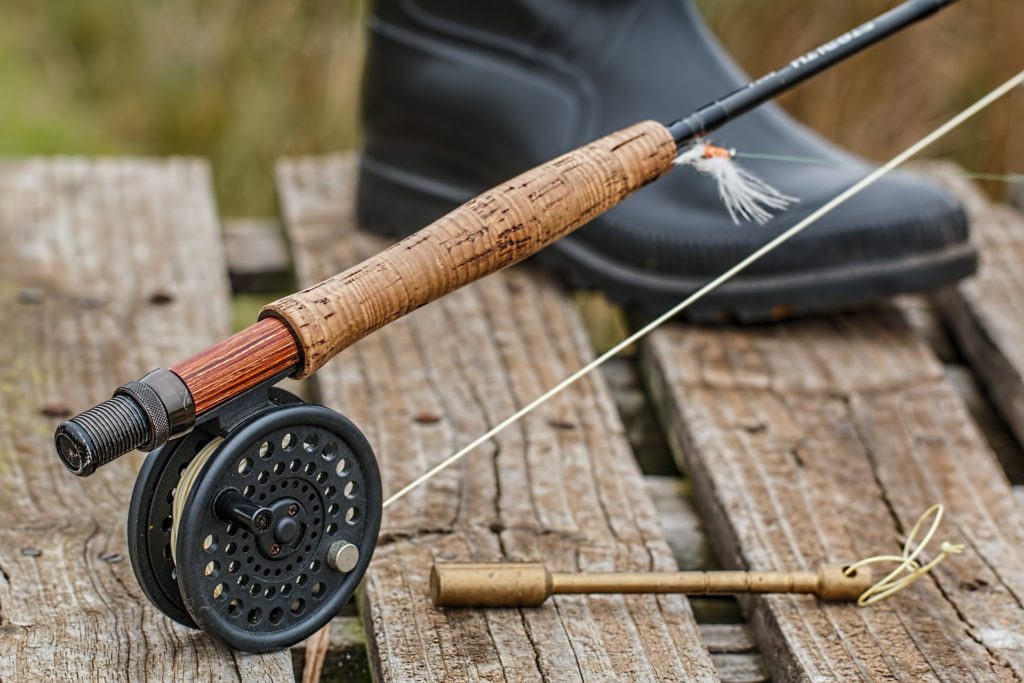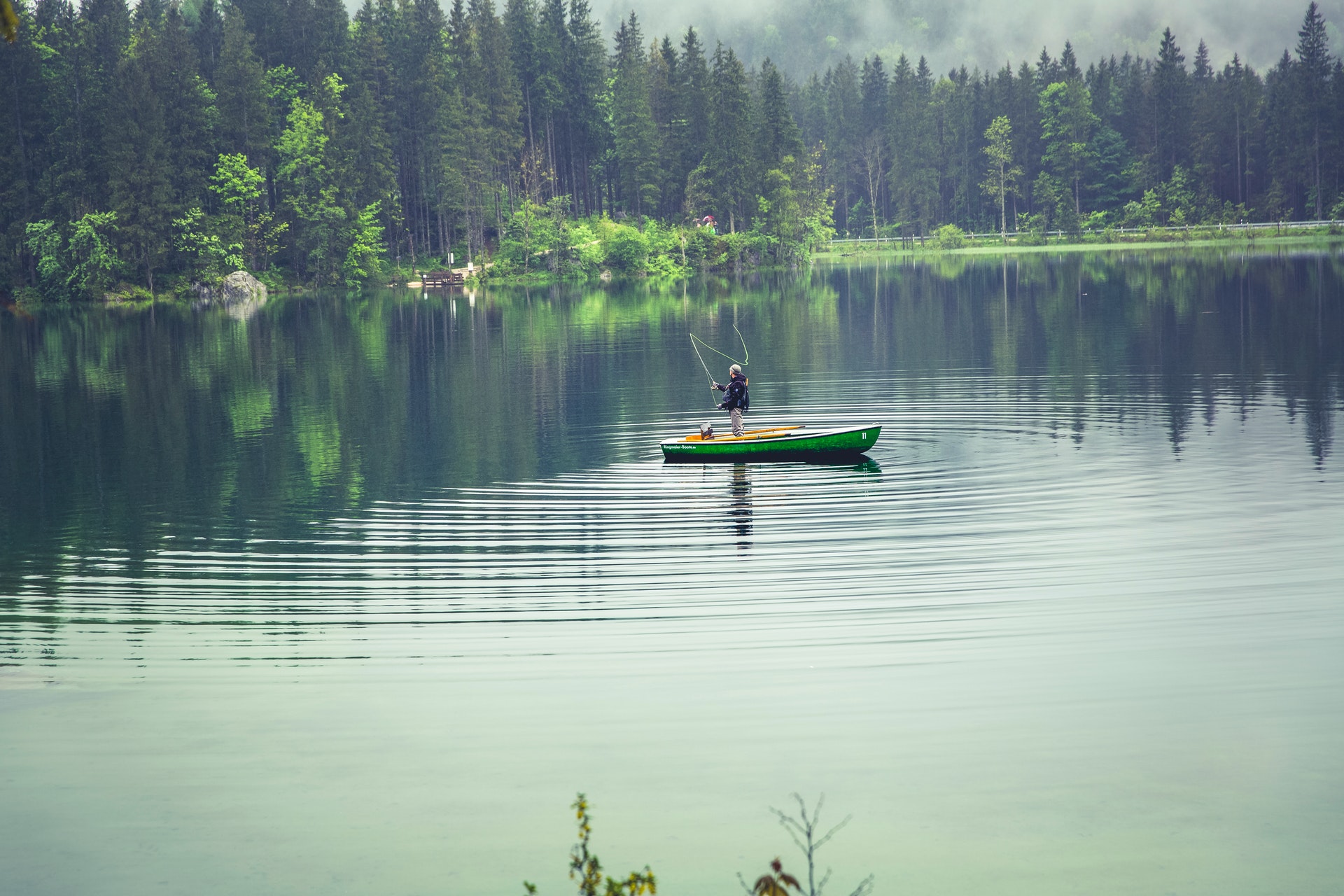Do you yearn to pick up a fly rod and head for tranquil water? Fancy learning handy fly fishing techniques and tips? If you’re intrigued by the prospect of fly fishing, but don’t know too much about it, then you’ll need to learn the basics.
What is fly fishing?
The difference between fly fishing and other types of fishing is that important ingredient – the fly. Unlike normal bait, the fly doesn’t propel the cast. Made from a thin hook with some synthetics and feathers thrown in, it can sink or swim, but it won’t pull your fishing line.
We’ve put together a beginner’s guide on how to fly fish to help get you started. Get to know the equipment you need and some useful tips for first-time fishermen.
First things first – some fly fishing rules
If you’re planning on going fly fishing in the UK, you’ll need a rod licence. But don’t worry, they are easy to get – just get one online or at your local post office. You must have your licence with you whenever you’re fishing, otherwise you may face a fine.
Also keep in mind that if you are fishing on private land you will need permission from the landowner. And if you plan on fishing in locks or weirs on the River Thames, you will need an additional licence.
Fly fishing basics – how to learn to fly fish
Right that’s the paperwork out the way, now we can get onto the finer details. Find out which equipment you need and some handy tips below.

Basic equipment – what you need for fly fishing
Beginners will need the following essential fly fishing equipment to get started:
• Fly rod and reel
• Waders
• Boots
• Selection of flies for the type of fish
• A hat
• Sunglasses
• Outdoor clothes
• Waterproof, warm jacket
If you want to learn how to fish, you’ll need to treat yourself to a fishing rod. The type of rod you’ll need depends on where you want to fish and what sort of fish you’re after. There are three main things to keep in mind; the weight, length and action of a rod.
Length
Most multi-purpose rods are around nine feet in length. Longer rods tend to work better if you can cast long distances without too many obstacles in the way, and shorter rods are better in areas with lots of obstructions (trees and bushes for example).
Weight
When it comes to weight, a mid-weight rod is typically used for beginners. Rods start at weight 2 and go all the way up to 7 (7 being for larger fish like salmon, and 2 for smaller fish). Your best bet is to meet somewhere in the middle and go for a 5, but do chat to the shop assistant and explain your needs.
Action
You’ll also need to think about the rod action – they come in slow, medium and fast. Lots of beginners go for a fast action rod as they are easier to cast long distances.
And if you’re planning to backpack your way to the river, you can get rods with 5 sections, for easy packing down.
Fly fishing reels
Next, you’ll need to invest in a good quality reel. Reels can cost up to £1000 for the more expensive models. A fly reel is essential in terms of basic fly fishing gear. Used as a holder for your next purchase – the fly line should match your rod in weight. Check your fishing rod – it should show the recommended line size by the handle, or check with the manufacturer. For beginners, purchase a floating line, as you can use it for surface and sinking flies.

Fly fishing tips
Don’t take to the water just yet. Casting can take a long time to perfect so be patient and take the time to practice in your garden before taking to the water, and braving more difficult conditions.
Once you’ve set foot in your fly fishing stream, take your time to be aware of your surroundings. And tread carefully to avoid any slips.
After you’ve gotten to grips with casting, get some advice from local experts to see if they can help you find the best spot to set up. Fish tend to swim at the edge of a current downstream as they fill their bellies with critters.
Once you get out there, don’t forget your waterproof jacket. You’ll need to hold onto as much warm, dry air as possible when you’re out there on the lakes.
And where to go fly fishing? Well, the good news is that fly fishing can be done in both fresh and saltwater. In the UK, water temperatures don’t tend to vary massively. So, work out if you want to catch game fish, such as trout and salmon or try for coarse fish, like bream.
If you really want to learn how to fly fish effectively, try your hand at streams first, working your way up to large rivers, bays, and even the open ocean. Give yourself time to practice and you’ll soon find that you get to grips with your new outdoor pastime – before you know it, you’ll be able to help other beginners as they discover the peace of fly fishing for themselves.
